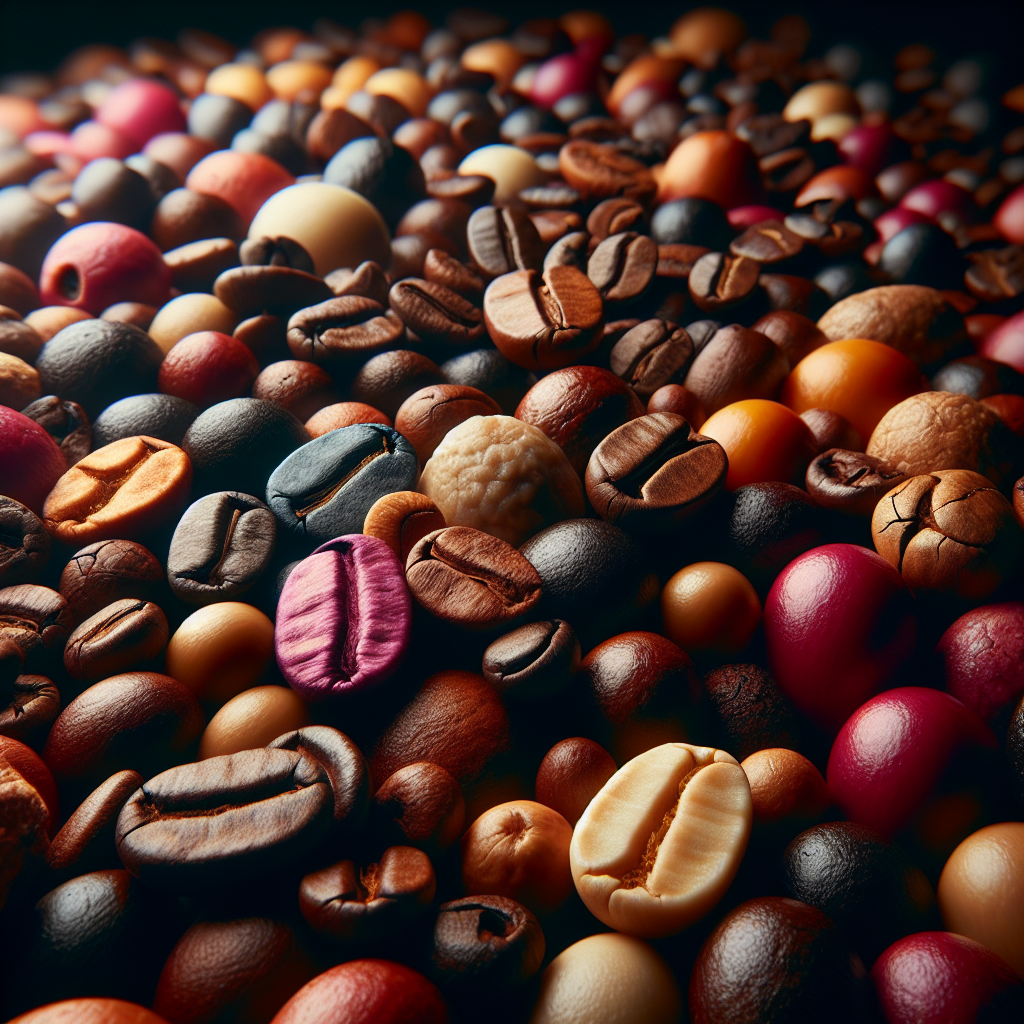“`html
The Ultimate Guide to Coffee Grinders: Unlocking the Secrets of Grind Consistency for Every Brew Method and Beyond
1. Introduction to Coffee Grinders
When it comes to brewing the perfect cup of coffee, the quality of the grind is paramount. The process of grinding coffee beans significantly impacts the flavor extraction, making your coffee rich and aromatic. Whether you’re a seasoned barista or a casual coffee drinker, understanding the importance of coffee grinders can enhance your brewing experience.
Coffee grinders come in various types—most notably burr and blade grinders. Each brings unique features to the table, impacting the grind size and consistency differently. Furthermore, the historical evolution of coffee grinders has shown a significant impact on coffee culture and brewing techniques.
Understanding Coffee Grinder Types
Comparison of Coffee Grinder Types: Blade vs. Burr
| Feature | Blade Grinders | Burr Grinders |
|---|---|---|
| Mechanism | Spinning blade that chops beans | Two abrasive surfaces crushing beans |
| Pros | Affordable, easy to find | Consistent grind size, better flavor extraction |
| Cons | Inconsistent grind size, potential overheating | More expensive, requires regular cleaning |
| Typical Pricing | $20 – $50 | $50 – $300 |
| Suitable Brewing Methods | French Press, Drip Coffee | Espresso, Pour-Over, French Press |
Blade Grinders
Blade grinders use a spinning blade to chop coffee beans into smaller pieces. They are generally more affordable and easy to find, making them an attractive option for beginners. However, blade grinders can produce an uneven grind, which may affect the consistency and flavor of your coffee. They are well-suited for brewing methods such as French Press and drip coffee.
Burr Grinders
Burr grinders, on the other hand, use two abrasive surfaces to crush coffee beans into a uniform size. This type of grinder is known for its consistent grind, which is essential for brewing methods like espresso and pour-over. Burr grinders come in two variations: flat and conical burrs. While they are more expensive, their ability to achieve a consistent grind size justifies the cost.
3. Manual vs. Electric Coffee Grinders
Manual Coffee Grinders
Manual coffee grinders offer greater precision and control over the grind size. These grinders are portable, easy to use, and ideal for small batches of coffee or travel. They don’t require electricity, making them a great option for outdoor enthusiasts. Suitable for brewing methods like pour-over and French Press, manual grinders are a versatile addition to your coffee toolkit.
Electric Coffee Grinders
Electric coffee grinders bring speed and convenience to the table. With powerful motors, they can deliver a consistent grind across large batches. However, overheating can be a potential issue if the motor is too powerful or runs for extended periods. Electric grinders are suitable for espresso and drip coffee methods, providing an efficient and hassle-free grinding experience.
4. Selecting the Perfect Coffee Grinder
Choosing the right coffee grinder involves several factors, including grind consistency, size, type, and whether you prefer a manual or electric grinder. Grind settings and adjustments are vital for achieving the perfect grind for your preferred brewing method. Consider your budget and look for grinders that offer great value for money.
Read reviews of top-rated coffee grinders on the market, and if possible, test a grinder before making a purchase. User reviews and testimonials can offer invaluable insights into the grinder’s performance and reliability. When selecting a coffee grinder, consider it a long-term investment and check for warranties.
5. Using Your Coffee Grinder for More Than Just Coffee
Coffee grinders are versatile kitchen tools that can grind spices for fresher flavors, create custom spice blends, and even grind nuts for baking or cooking. You can also make powdered sugar at home or grind alternative grains and seeds for gluten-free flour. Just remember to clean the grinder thoroughly between different uses to avoid cross-contamination of flavors.
Explore various recipes that benefit from freshly ground ingredients, enhancing your culinary adventures beyond just brewing coffee. The versatility of a coffee grinder makes it a valuable asset in any kitchen.
6. Maintaining and Troubleshooting Your Coffee Grinder
Regular cleaning practices are essential to maintain your grinder’s performance. Use the appropriate tools and supplies to keep your grinder in top shape. If you encounter any issues, refer to troubleshooting tips or look for replacement parts from reputable sources.
Know when it might be time to invest in a new grinder and consider environmentally-friendly disposal or recycling options for your old equipment. Proper storage can also prolong the lifespan of your grinder. For further guidance, consult the FAQ section addressing common concerns about coffee grinders.
To explore other coffee-related content and accessories, click here.
Conclusion
A good coffee grinder is an essential tool for any coffee enthusiast. From understanding the different types and choosing between manual and electric options to exploring versatile uses and effective maintenance, this guide covers all aspects of coffee grinders. Experiment with various grinders to discover what suits your brewing needs best, and share your experiences with fellow coffee lovers.
For more insights and recommendations on coffee making, don’t forget to browse our other blog content.
“`
Shop at Breville now!
https://breville.oie8.net/oqDqrE
Shop Coffee grinder at Amazon now!
Click here!





